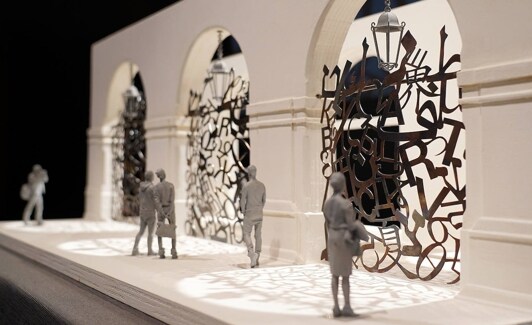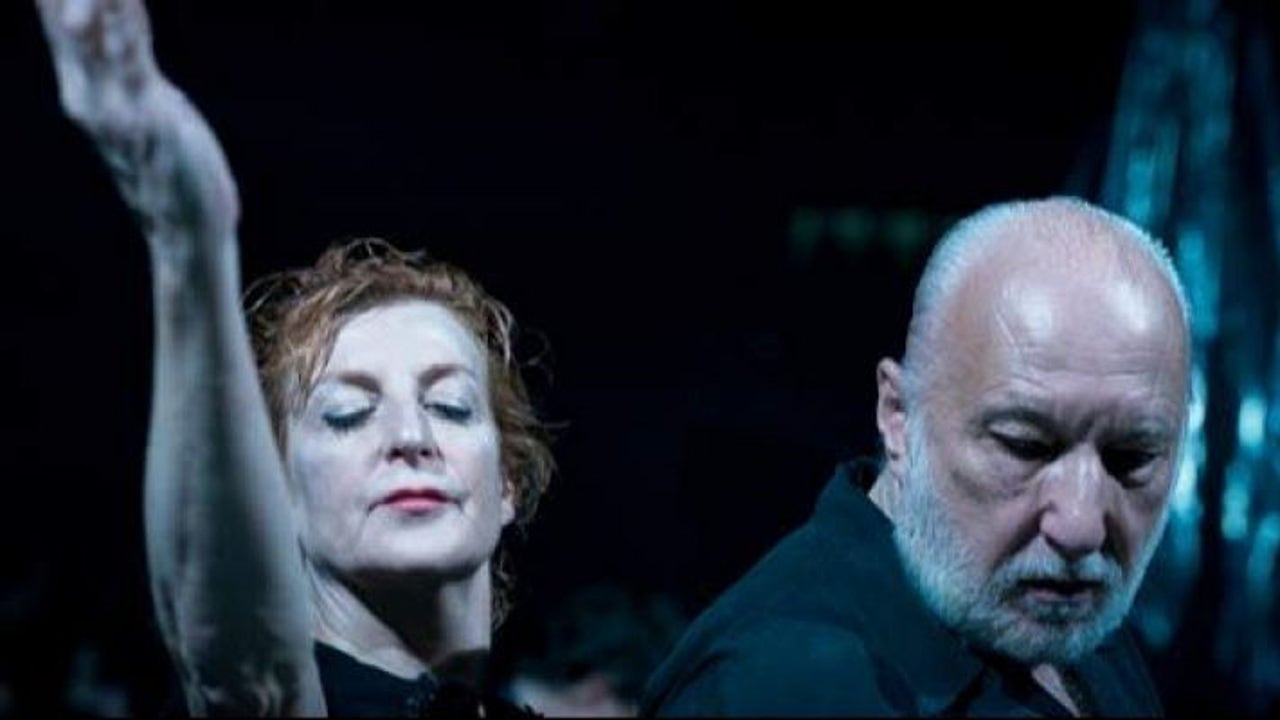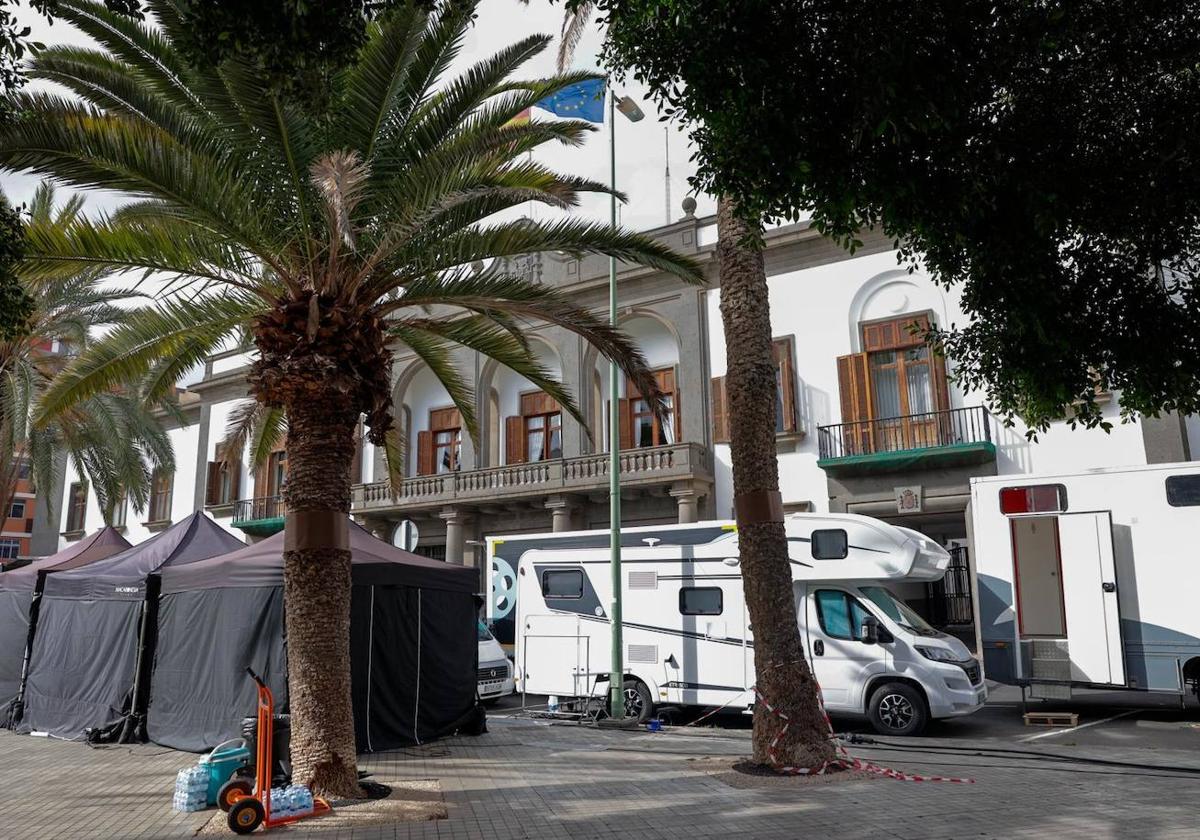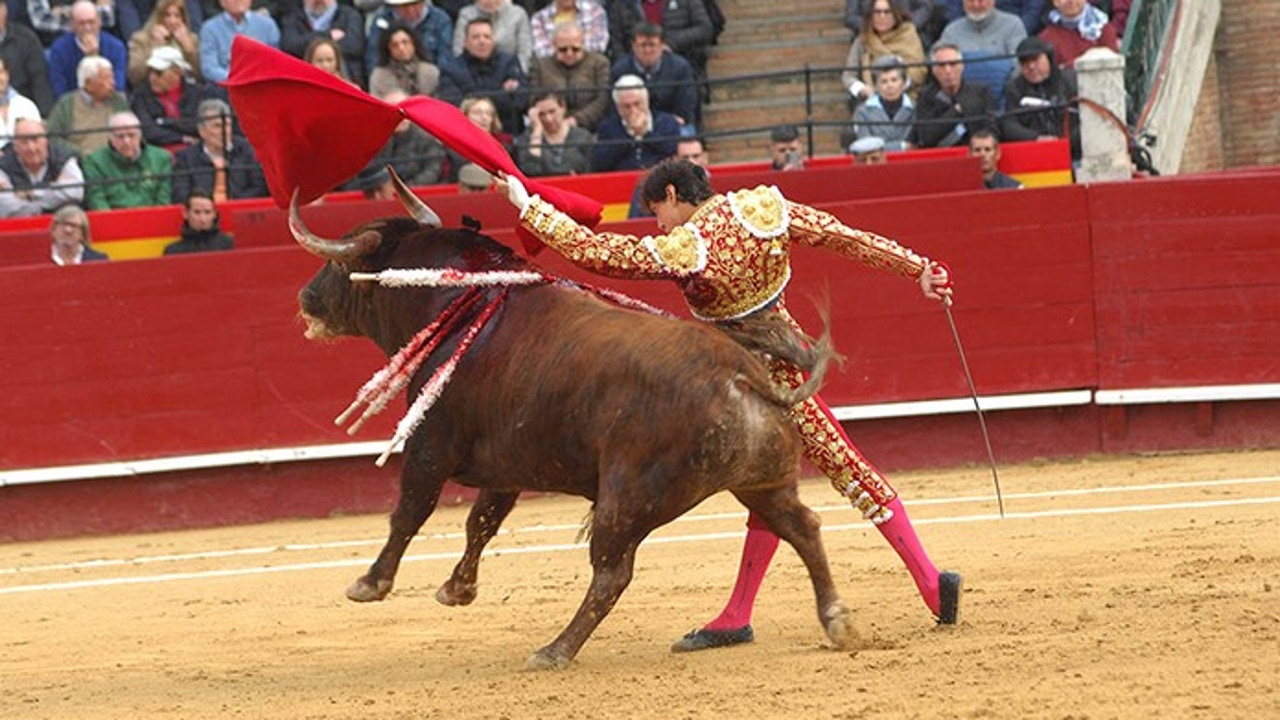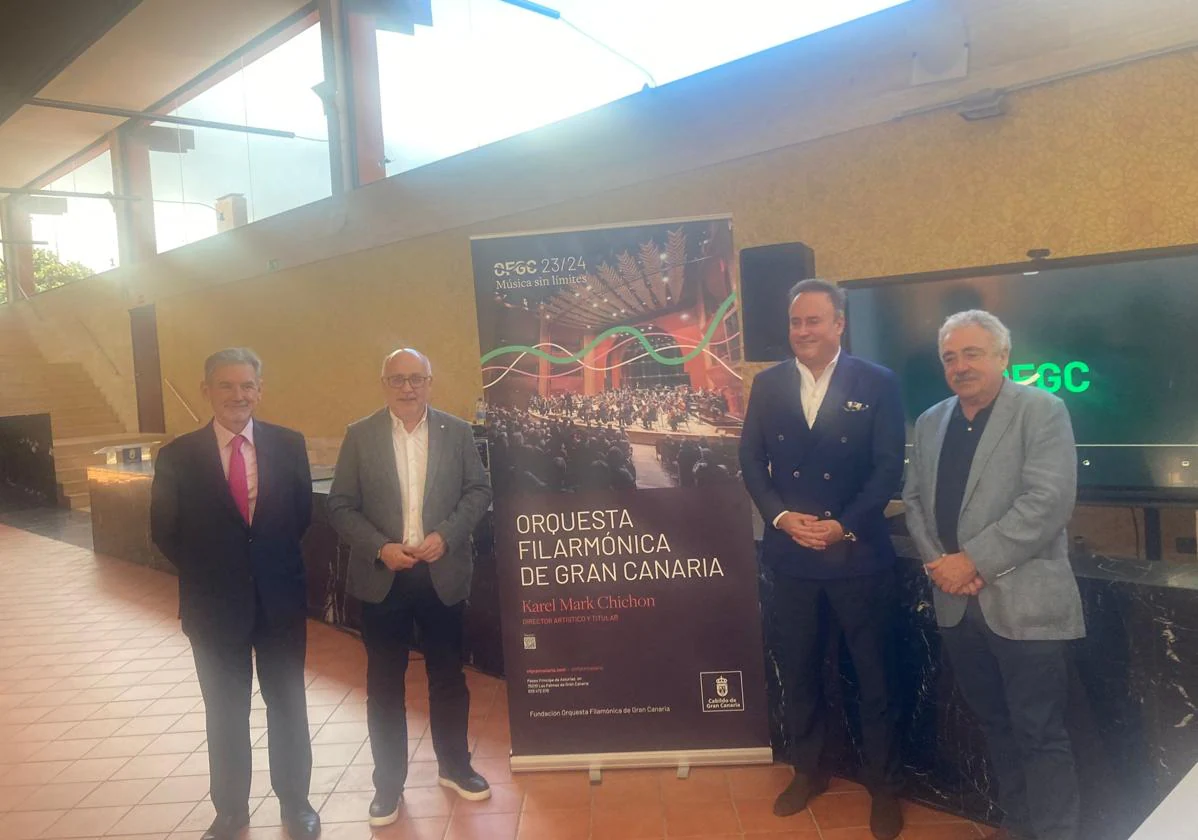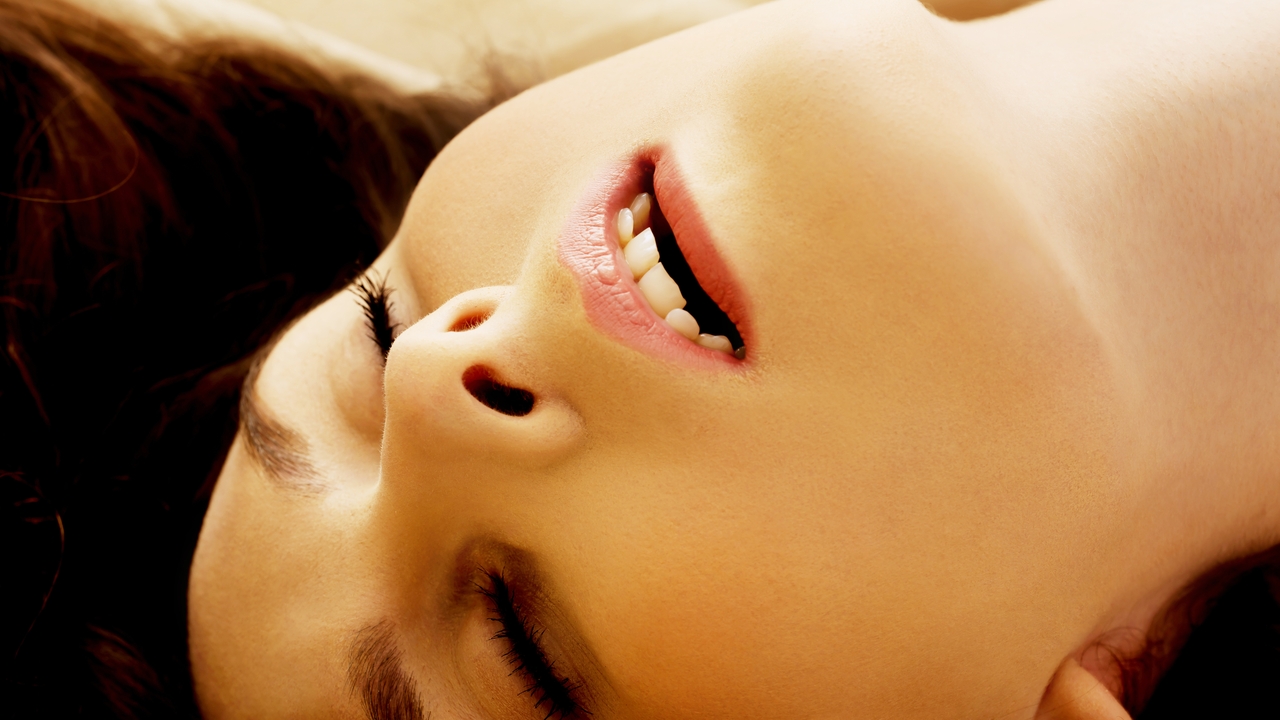Jaume Plensa will sculpt three doors for the Liceo de Barcelona
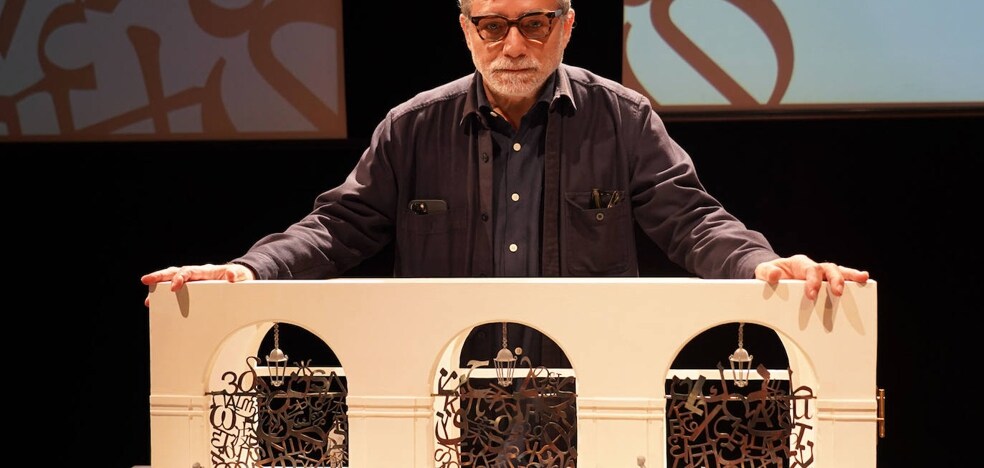
Jaume Plensa in front of the model of his innovative bars for the Teatro del Liceo. /
The artist will pay homage to diversity by mixing alphabets from various languages on bars that will cast their shadow on the Rambla
Jaume Plensa (Barcelona, 66 years old) will leave his mark on one of the icons of culture in Barcelona, a city with which the brilliant sculptor has had more disagreements than pampering. Plensa will change the face of Liceo with the installation of 'Constelaciones', sculptural doors created with patterns of symbols and letters from different alphabets, a motif that he has used in many of his works as a symbol of diversity and cultural integration.
The bars will be placed in the three entrance arches for the public of the facade that overlooks the Rambla of the lyrical coliseum, designed 175 years ago by the architect Oriol Mestres and rebuilt after the fire that reduced it to ashes in 1994. It is wanted that are installed when the curtain rises next season, 2022-2023.
"I hate the word door. Everything that closes makes me nervous », said the sculptor when presenting his project assuming the paradox of designing three large leaves for this iconic opera house in Barcelona. He explained that he has conceived his bars as «a tribute to the Liceu, to music, to the bars of Gaudí and Miró». "It is also a tribute to the diversity of the Rambla, which is the artery of diversity in Barcelona," he added, reiterating one of his mottos: "art is useless, and that is why it is so important."
Model of the three new doors designed by the sculptor /
Instead of turning on hinges on a vertical axis, your gates will open by turning on a horizontal axis. “They will cast shadows on the ground and people will walk over the shadows before entering. It will be something magical, like the world of theater," said its creator. «They will be a song to the hope of positive globality. It is not the standardization of the alphabets, but the beauty of seeing very diverse cultures mixed together, while maintaining their identity »he assured.
The bars will be made of six-millimeter-thick stainless steel. Each one will weigh about 500 kilos and will pivot on an axis that is embedded in the start of the arch just above the capital of the pilasters. The minimum step when they are open will be about three meters high.
The Liceo also showed the costume designs and the scenery created by Plensa for 'Macbeth', Verdi's opera for which he will be the stage director in 2023. «'Macbeth' is the body-soul duality. It is the best definition of sculpture”, explained Plensa. He said that when the artistic director of the coliseum, Víctor García de Gomar, offered him to do 'Macbeth' in the midst of a pandemic, his imagination soared «'Macbeth' was also written in a pandemic in London, and I began to draw like a mad". "I wanted to make a completely mental opera in which we can see ourselves," he concluded.
Another vision of the model with bars of Plensa. /
Gifts to your distant hometown
Plensa has given away three of the seven of his pieces that he houses in his hometown, from which he feels increasingly distant. «This city is going through a moment of abandonment, as if it had lost interest in itself. I am lucky to live in Sant Just and this saves me », he declared on his day. "In Barcelona I have to be Gaudí and Count Güell," he said during the pandemic, to show that if Barcelona shows the last Plensa it is because he had given the works away. Until 2016 it only had a couple of hours in the Catalan capital and was installed in the nineties. These are the ones you can see today:
'Escullera', 1988. Three cast-iron anthropomorphic figures installed on the Nou Barris peripheral in 1988. In 1999, one was moved to Via Júlia and the other two to grass beds that descend towards Àngel Pestaña square. In 2019, the neighbors denounced the abandonment of the three, full of garbage.
'Dell'Arte', 1990. Cast iron manhole cover with 'The Divine Comedy' lettering. Sculpture courtyard of the Joan Miró Foundation.
'Dell'Arte', 1990. Cylindrical cast iron tower. Since 2012 in the Can Framis courtyard of the Vila Casas Foundation.
'Born', 1992. Two pieces of cast iron on the Paseo del Born. The first is a quadrangular structure on a granite bench and the other two spheres under the opposite bench.
'Carmela', 2016. Face of a girl, made of cast iron and 4.5 meters high, in front of the Palau de la Música.
'Ànima', 2017. Human figure made of steel with letters from eight alphabets. Facade of the Sant Joan de Déu Hospital.
'Blau', 2020. Two-meter-high basalt head created in 2016. Lobby of the Hospital Clínic and donated by Plenza in gratitude to all the health personnel who have worked against the pandemic.



